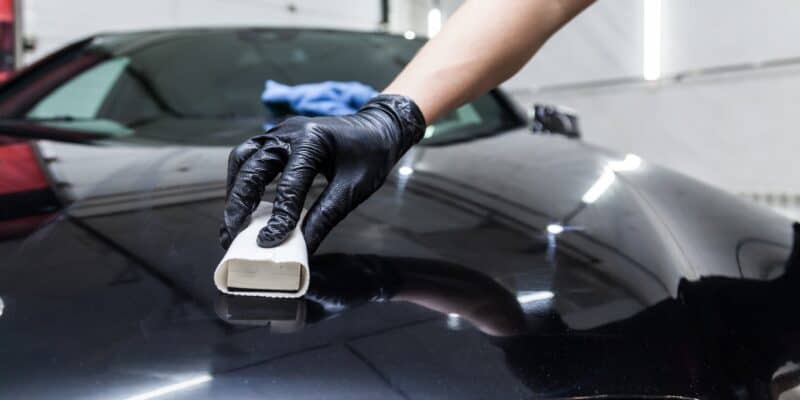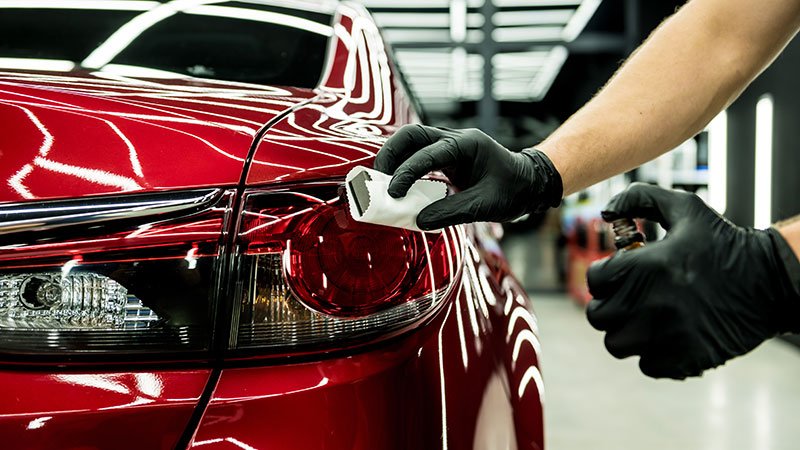Ceramic Coating: Shortcomings and Constraints

Over the past few years, ceramic coatings have garnered substantial attention for their capacity to deliver robust and enduring protection to a wide range of surfaces. Products like Nasiol ZR53 Nano Ceramic Coating and Nasiol NL272 Nano Ceramic Coating have become go-to choices for many vehicle owners and enthusiasts. While these coatings offer numerous advantages, it’s essential to also acknowledge their shortcomings and constraints.
Advantages of Ceramic Coatings
Before delving into the limitations, let’s briefly review the benefits of ceramic coatings:
- Outstanding Defense: Ceramic coatings establish a formidable hydrophobic shield that effectively guards surfaces against environmental contaminants, UV radiation, and minor abrasions. This protective layer significantly prolongs the life of a vehicle’s paint.
- “Elevated Appearance: A professionally applied ceramic coating can amplify the shine and visual appeal of a car’s exterior, rejuvenating its look to a pristine finish.
- Simplified Upkeep: Ceramic coatings streamline the process of cleaning and maintaining surfaces. They actively repel dirt and water, reducing the need for frequent cleaning and upkeep.
- Resilience Against Chemicals: These coatings demonstrate remarkable resistance to acidic substances and harsh chemicals, ensuring the integrity of the underlying surfaces by preventing damage.
- Enduring Protection: When applied with precision, ceramic coatings offer an impressive lifespan, delivering a lasting solution for surface protection that can stand the test of time.

Limitations of Ceramic Coatings
While ceramic coatings offer impressive advantages, they are not without their shortcomings and constraints:
- Application Complexity: Achieving the full benefits of ceramic coatings requires precise application. Improper application can lead to streaks, smudges, or an uneven finish.
- Professional Application: Many ceramic coatings are best applied by professionals, which can be costly. DIY options are available, but they may not provide the same level of performance.
- Surface Preparation: Proper surface preparation is crucial for ceramic coating application. Any imperfections or contaminants on the surface can be locked in, causing long-term issues.
- Limited Repairability: Once applied, ceramic coatings are challenging to remove without professional intervention. If damaged, the entire coating may need to be reapplied.
- Initial Cost: High-quality ceramic coatings can be expensive, making them a significant upfront investment.
- Not a Substitute for Paint Protection Film (PPF): Ceramic coatings provide protection against minor scratches and swirl marks but are not a substitute for PPF, which offers superior protection against rock chips and more severe damage.
- Durability Claims: Some ceramic coating products may overstate their durability. Real-world conditions and maintenance practices can affect their longevity.
- Not a Miracle Solution: While ceramic coatings offer protection, they cannot prevent all types of damage. They are not a guarantee against accidents, tree sap, or other uncommon forms of damage.
Conclusion
Ceramic coatings, including products like Nasiol ZR53 Nano Ceramic Coating and Nasiol NL272 Nano Ceramic Coating, offer valuable protection and aesthetic enhancements for various surfaces. However, it’s important to recognize their limitations and constraints. Proper application, surface preparation, and realistic expectations are key to maximizing the benefits of ceramic coatings. Whether you choose to invest in these coatings or not, understanding their strengths and weaknesses is essential for informed decision-making when it comes to protecting and enhancing your valuable assets.






